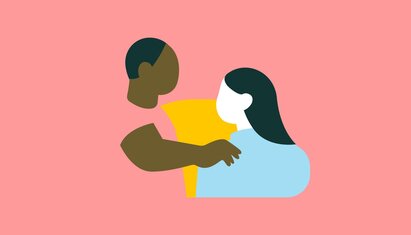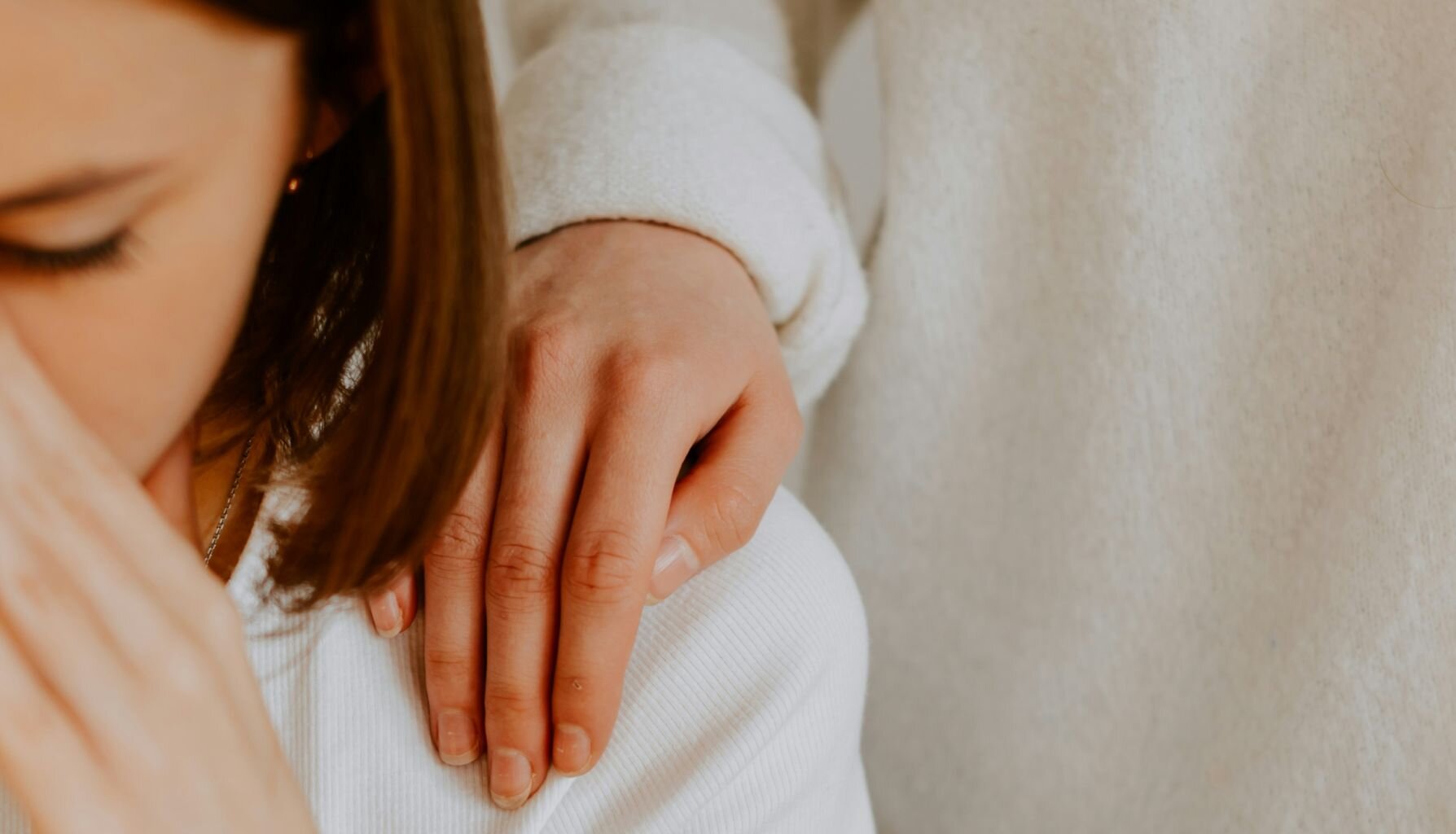How to use measurement-based care to strengthen therapeutic alliances


Published September 10, 2021

Join Ashley Lytwyn, MS, RDN, Margot Chambers, L.Ac., and Kim May, LPC-S, LMFT as they discuss best treatment practices for clients who are dealing with substance use.
Moderated by Dr. Ben Caldwell, this group of experts offer a unique and holistic approach to substance use treatment. They discuss everything from the most effective assessment tools for substance use, to best motivational practices to keep clients sober during the pandemic.
If you’re interested in learning more about working with substance use, they also offer advice on how to get involved, and how to continue learning about this subject.
Proudly made in Santa Monica, CA © 2025 SimplePractice, LLC
Proudly made in Santa Monica, CA © 2025
SimplePractice, LLC